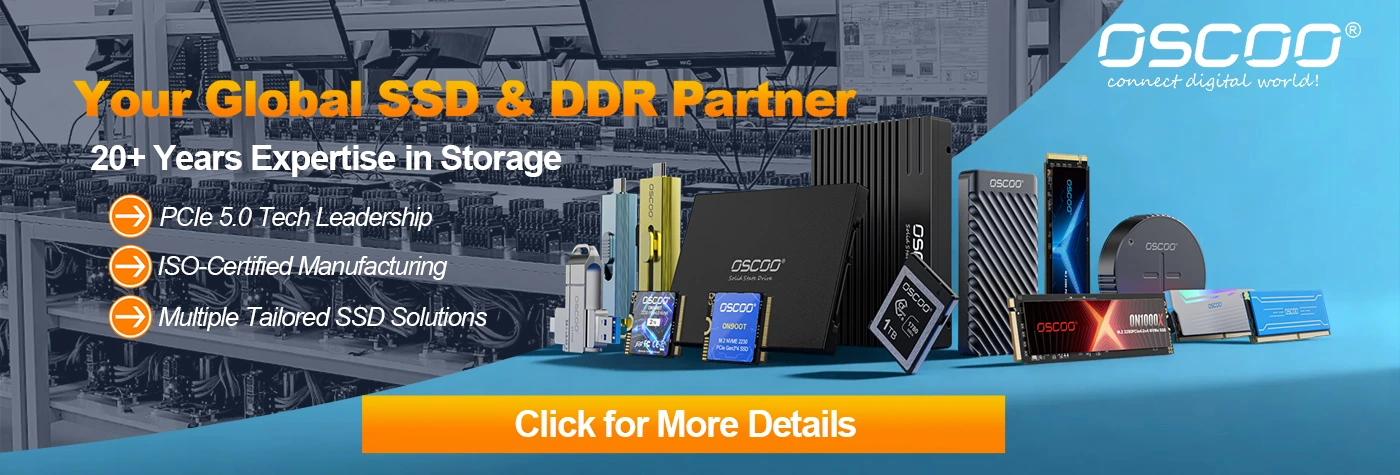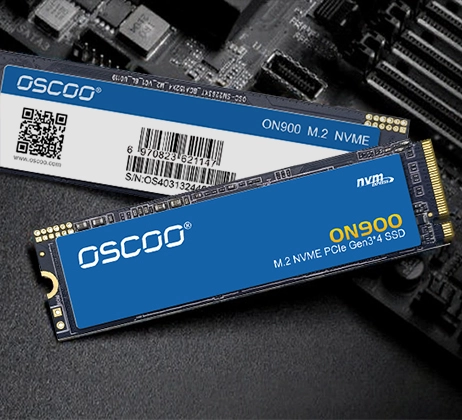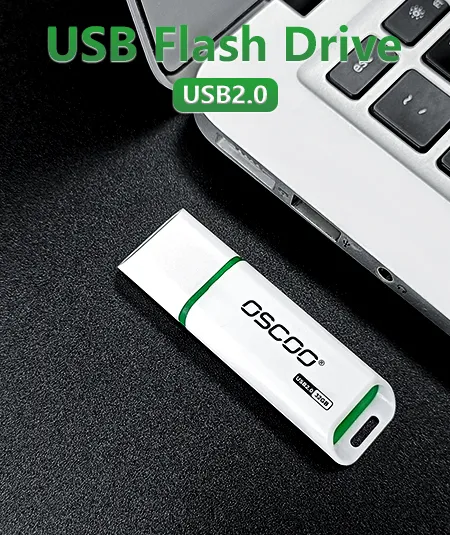As the rise of artificial intelligence continues to drive upgrades in global computing infrastructure, the storage industry is also undergoing a deep transformation. Phison Electronics’ CEO recently warned in an interview with foreign media that NAND flash memory may face a long-term shortage over the next decade. This is not merely a short-term price fluctuation — it may signal a structural imbalance in the entire semiconductor storage ecosystem.
“AI is rewriting the rules of the storage world.” This statement perhaps best captures the anxiety of the industry today. From servers to the cloud, from personal devices to data centers, flash memory has become a foundational pillar of the information age. Now, it is also becoming a key resource being rapidly consumed by the AI boom.
The “New Oil” of Data: The Core Role of NAND Flash
NAND flash is a type of non-volatile storage technology that can retain data even without power, making it an essential component in modern electronic devices and data centers. From smartphones and laptops to enterprise SSDs and hyperscale cloud storage, NAND is everywhere. Compared with traditional hard drives (HDDs), it offers higher speed, lower power consumption, and greater reliability. As global computing architecture shifts toward all-flash storage, NAND has become the “new oil” of the digital era.
However, continuous advances in flash memory technology have become increasingly difficult. Manufacturers must keep stacking more layers of memory cells at the nanometer scale — with the most advanced 3D NAND now exceeding 230 layers — but this also brings higher costs, more complex processes, and longer production cycles. When demand surges suddenly, the supply system can hardly respond quickly.
AI Driving Explosive Demand, While Supply Faces Bottlenecks
The direct cause of this potential crisis is the rapid growth of artificial intelligence computing. Whether it’s training large language models or running real-time inference systems, AI data centers require vast amounts of high-speed storage to support data exchange and model loading. Market research shows that AI inference workloads alone could double global SSD demand in the next three years. At the same time, enterprises are accelerating the shift from traditional HDD storage to all-flash systems, further intensifying the race for NAND resources.
On the supply side, the situation is much more challenging. As NAND technology surpasses the 200-layer mark, each new generation requires massive R&D investment and advanced equipment. After two years of price drops and shrinking profits, most manufacturers have become cautious about expanding capacity. Some have even redirected capital spending toward more profitable segments like high-bandwidth memory (HBM) or AI chips, rather than building new NAND production lines. As a result, the pace of supply growth can no longer keep up with the explosive rise in demand.
Ripple Effects: From Data Centers to Consumer Devices
This trend is already showing ripple effects. In the enterprise market, the surging demand for SSDs in AI training clusters and cloud computing services is driving up server costs. In the consumer market, SSD prices may begin to rise noticeably in the coming quarters, especially for large-capacity models whose price advantage will shrink. Storage costs for laptops, gaming consoles, and premium smartphones may also increase.
An even deeper risk lies in the uncertainty of the supply chain. Once flash memory chips, controllers, or packaging and testing processes face constraints, delivery times could lengthen across the board — even disrupting brand manufacturers’ production schedules. Industry insiders believe the old “price war” model of the storage business is ending. The future market will prioritize supply stability and technological leadership instead of mere price competition.
Technological Breakthroughs and Industry Self-Rescue
Facing a potential decade-long imbalance between supply and demand, the storage industry is searching for multiple paths forward. On the technical side, manufacturers are accelerating the development of higher-layer 3D NAND architectures and experimenting with QLC (quad-level cell) and even PLC (penta-level cell) designs to increase storage density. Meanwhile, the emergence of CXL (Compute Express Link) interconnect technology offers new possibilities for deeper integration between memory and computing. In the future, storage systems may evolve beyond the traditional “block device” model, becoming part of the computing fabric through techniques such as GPU Direct Storage.
At the industrial level, major global flash manufacturers are reassessing their capacity allocation and investment strategies. Some are signing long-term supply contracts with cloud service providers to secure demand for the next several years, while others are pursuing cross-border partnerships to diversify production risks. Geopolitical factors are also playing an increasingly important role — the division of labor among the U.S., South Korea, Taiwan, and mainland China in the storage supply chain may be redefined during this coming “storage crisis.”
The Next Decade: The “New Scarce Resource” of the AI Era
It’s clear that the NAND shortage won’t be a brief disruption — it could become a long-term struggle for resources in the AI era. As AI demand surges and manufacturing progress slows, the flash memory industry may enter a new stage defined by high costs, high demand, and low flexibility. SSDs will no longer be just cheap, fast storage tools — they will become a strategic resource as important as computing power itself.
This looming shortage is also a reminder that in the next phase of global tech competition, beyond GPUs and algorithms, data storage capacity may be the true factor that defines leadership. The AI revolution is not only changing how we compute — it is redefining the value of storage. In the next ten years, those who control flash memory production capacity and technology will hold the upper hand in this new “energy war” of the data age.





